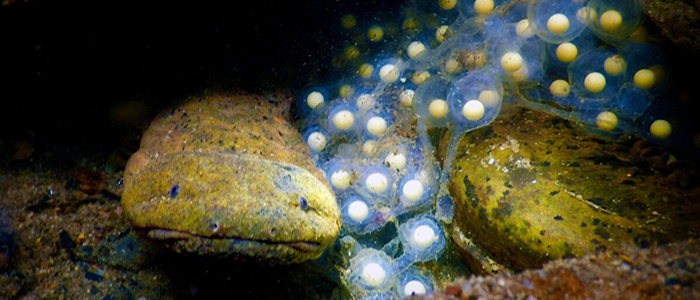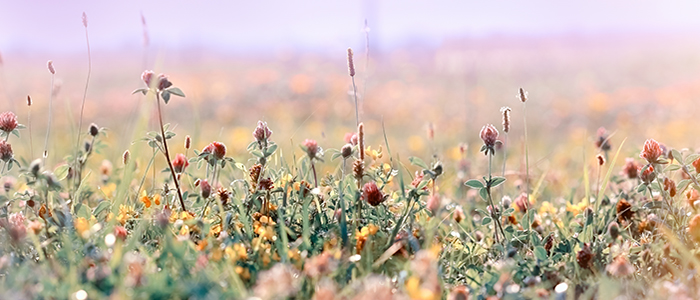Biweekly Update – July 25, 2019
New Announcements:
1. Master Gardener College Updates: September 19-22, 2019, Norfolk, Virginia
a. Registration is open and more than 200 Extension Master Gardeners have already registered! View our registration information page. Registration closes on August 30th! For more information on booking your accommodations (scroll down to “Accommodation Costs”).
b. Book your room at The Main before August 15th! (some nights have limited availability, so please check availability with The Main). Please note that we are sold out of rooms at the conference rate for Saturday night only. You can still get the conference rate for all other nights but will pay a higher rate for Saturday night only. Please call the hotel directly to book your room. Booking online will result in inaccurate rates being assessed for your reservation. The direct number for The Main is 757-763-6200.
2. Submit a Digital Brag Board for EMG College!
a. Visit https://www.mastergardener.ext.vt.edu/brag-board-submission/ for guidelines and online submission form. Any unit may submit a digital brag board for display!
3. Biennial 2018 EMG Summary– from the Extension Master Gardener National Committee
a. Data collected indicates there are 86,076 EMG volunteers throughout the United States and Washington, D.C, contributing 5.6 million hours educating the public, providing youth programming, and facilitating produce donated to local food banks.
b. While this is only the beginning of the value EMGs provide in their communities each year, 2018 efforts are estimated to have contributed 140 million dollars in value to the general public. Our volunteers reported over 8.6 million contacts and continue to be the front line of Extension’s consumer horticulture efforts. Forty-six states participated in this report.
4. Hampton Roads 11th Annual Go Green Expo – Brittingham Midtown Community Center, Newport News – September 7th, 2019
a. Family activities, lectures, green tech, plant sales and vendors as well as vermiculture, rain barrel and biochar workshops!
b. 10am to 3pm. Free admission. Food available for purchase.
5. Waynesboro Tree Workshop “Reveling in the Magnificence of Trees”- Pembroke, VA – September 13, 2019
a. Registration will open soon!
b. For questions or inquiries contact:
i. Becky Woodson at (434)-220-9024 or treesvirginia@ntelos.net
6. 2019 ESVMG MG Training Registration Open – October 2- November 13, January 15- February 26 – VA Tech Research Center, Painter, VA
a. The Eastern Shore Master Gardener (ESVMG) Program is accepting applications for the 2019 Master Gardener training class.
b. The classes will be held in Painter beginning October 2nd and continue every Wednesday from 8:45 a.m. to 3 p.m. until November 13th, break for the holidays and then resume January 15-February 26.
c. For more information and the application contact the Eastern Shore of Virginia Gardeners hotline at (757)-678-7946 ext.29, the web site www.esvmg.com, or e-mail esmgva@gmail.com.
d. Fee is $100 for materials and lectures by local experts.
7. ESVMG Garden Symposium– October 19th, 2019- Cheriton, VA
a. The Eastern Shore of Virginia Master Gardeners (ESVMG) announces their second Garden Symposium which will offer lectures on a wide range of gardening topics by accomplished garden speakers.
b. The symposium will be held on Saturday, October 19, at the Cheriton Fire Station, 21334 Bayside Road. The daylong event begins at 8:00 am and includes five lectures, lunch and a lively raffle of local artisan items.
c. Topics include “The Landscape Revolution: Foodscaping with Natives,” “The Landscape Revolution: Perennial Combinations,” “Make Your Garden Your Own” and more.
d. To read more about the upcoming event and download a registration form, go to www.esvmg.com. You can also contact ESVMG through email at esvmg@gmail.com for a registration form or call (757) 678-7946, ext. 29
8. Basil Downy Mildew: Occurrence Monitoring and Info Website for Gardeners
a. A new website, created by Margaret McGrath and the School of Integrative Plant Science at Cornell University, on monitoring occurrence of downy mildew on basil in the US and Canada:
i. It maps occurrences and replaces them into a GoogleDocs spreadsheet since 2009. There is information about BDM at the website that is geared for gardeners. Gardeners have been the primary and most important reporters in helping with monitoring this disease.
b. A handout for gardeners about reporting occurrences of BDM and 2 other important diseases: late blight and cucurbit downy mildew.
9. Biweekly Update Submission form – Please use this form for submitting future biweekly update items. Due to staffing limitations through the summer of 2019, submissions sent through email could be missed.
July Announcements:
10. Online Plant ID Classes– from Longwood Gardens and NC State- July 8th- October 31st
a. Reduced fee for Extension Professionals so you can brush up on your plant ID skills and preview the classes to determine if they will be useful as advanced training opportunities for your volunteers.
i. Discount Code for Extension Master Gardener Volunteers & Master Naturalists – MASTER ($98 fee) = $97 discount
ii. Discount Code for Extension Professionals – AGENT ($50 fee) = $145 discount
b. Course instructor, Preston Montague, is a landscape designer, educator and artist. He has a bachelor's degree in horticulture and a master’s degree in landscape architecture, both from NC State. He has experience teaching at NC State, NC A & T, and many botanical gardens in the region.
August Announcements:
11. Newport News MG Training Class– Newport, VA – Apply BY August 1st.
a. The Newport News Master Gardener Association is currently accepting applications for its' 2019 Training Class! Become part of our educational programs and events. No experience necessary! Choose day OR evening classes, beginning in the Fall.
b. Apply BY August 1st. nnmastergardeners.org or call our Help Desk 757-591-4838 with questions.
12. Master Gardener College Scholarship for 2019– Deadline for applications August 9th.
a. (VMGA) Diane Relf Master Gardener College Scholarship Application Form
b. Scholarship Application Process
c. Scholarship Nomination Guidelines
d. Scholarship Nomination Rules and Guidelines
13. Children’s Activities at the Grin & Grow Learning Garden at Riverview Farm Park– Newport News, VA- 1st and 3rd Mondays, 10 AM, through August 19th
a. Newport News Master Gardener Association will host various children’s activities in the Grin & Grow Learning Garden at Riverview Farm Park, through the summer. Activities will be on the 1st and 3rd Mondays at 10 am. The Garden is always open when the Park is open.
September Announcements:
14. Piedmont Master Gardeners Through the Garden Gate – Charlottesville-Albemarle County – May 11-September 1
15. PMG 30th Anniversary Event : “The Future of Landscapes in a Changing Environment”– Paramount Theater, Charlottesville, VA- September 8, 2019
a. The Piedmont Master Gardeners Association and Virginia Cooperative Extension are sponsoring a poster contest as part of The Future of Our Landscapes in a Changing Environment event
b. Entry forms due August 30th
October Announcements:
16. Save the Date: Protecting Pollinators in Urban Landscapes – Cincinnati, Ohio – October 7-9, 2019
Other Announcements:
17. Follow the State Office on social media:
i. Facebook
ii. Instagram
iii. YouTube
18. Resources for fertilization of lawns and for those involved with Healthy Virginia Lawns programming
19. Do you have questions coming in to your Extension Master Gardener program and need to find some answers? Extension Search Resources for EMG Questions
20. Registration now open for online Plant Identification Classes by Longwood Gardens and NC State – Click Here
21. An update from National Initiative for Consumer Horticulture: 2018 accomplishments letter
22. Gardeners’ Survey – AmpleHarvest.org
23. Visit the VCE Lawn and Garden Calendar!
24. Every Kid in a Park Program
25. Information from Chad Proudfoot, 4H: “The program is very simple: every 4th grade student (or home school equivalent) in the United States is entitled to get one Every Kid in a Park pass which lasts through August 31
26. Spotted Lanternfly, an invasive pest insect– found in Winchester, VA- January 2018
a. For information regarding the quarantine please see attached flyer
27. eXtension Good and Bad bugs webinar series – Feb 1 – Dec 6, 2019







 We’d like to welcome Jessica Nicholson as she joins the Global Change Center this month in the new role of Administrative Associate! Jessica is a Radford native and an Earlham College alumna, holding a BA in biology and psychology and MA in teaching. As a former teacher of biology and environmental science at both the high school and college levels, she has worked to foster interdisciplinary connections and frameworks for exploring large-scale questions in academic settings. In the past 15 years, she has lived and worked in four states and ten countries, including Italy, Australia, New Zealand, and Tanzania, expanding her own understanding of our complex world and of the many environmental and societal issues we face.
We’d like to welcome Jessica Nicholson as she joins the Global Change Center this month in the new role of Administrative Associate! Jessica is a Radford native and an Earlham College alumna, holding a BA in biology and psychology and MA in teaching. As a former teacher of biology and environmental science at both the high school and college levels, she has worked to foster interdisciplinary connections and frameworks for exploring large-scale questions in academic settings. In the past 15 years, she has lived and worked in four states and ten countries, including Italy, Australia, New Zealand, and Tanzania, expanding her own understanding of our complex world and of the many environmental and societal issues we face.


